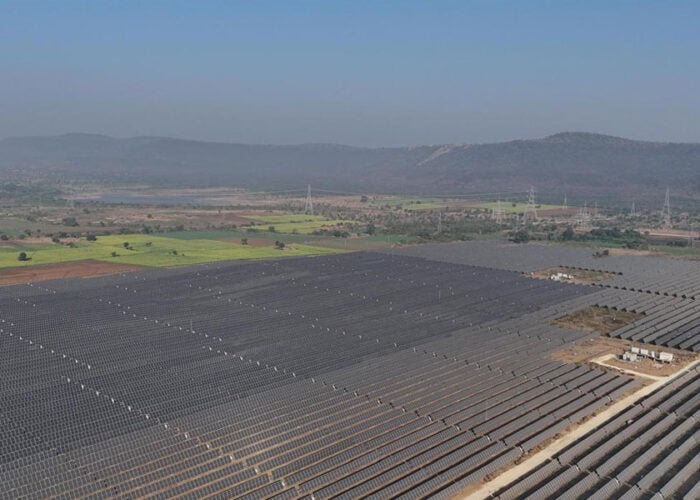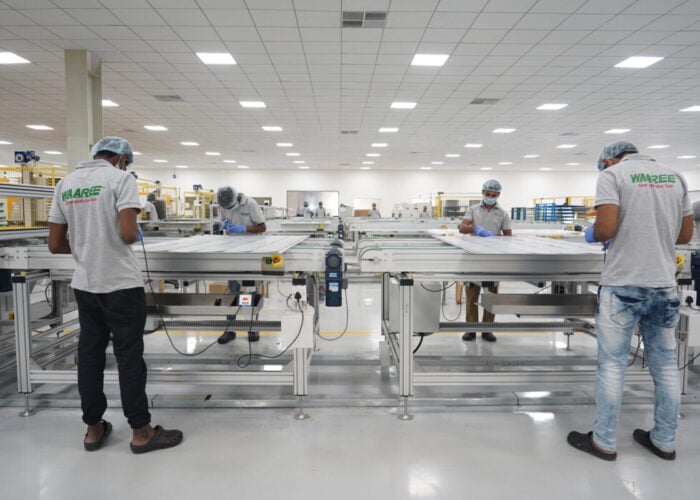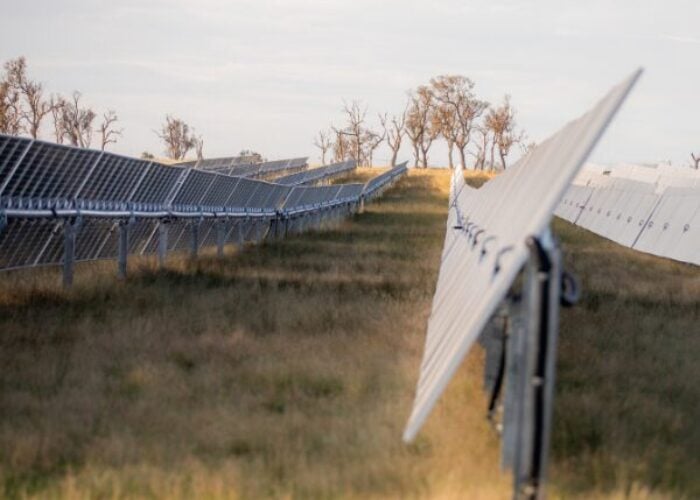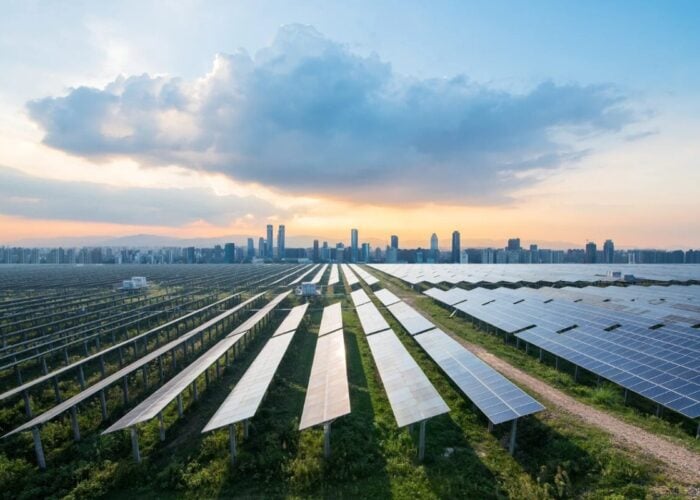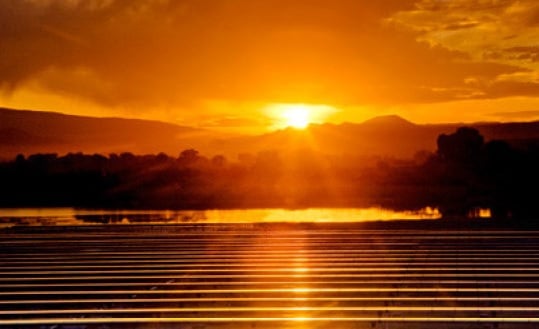
India added 883MW of rooftop solar in the first nine months of 2020, despite COVID-19 and the implementation of lockdowns impacting the sector.
New figures released by the Ministry of New and Renewable Energy (MNRE) showed that about 2320MW of solar capacity was added between January and September, with around 1,437MW of that being ground-mount.
Try Premium for just $1
- Full premium access for the first month at only $1
- Converts to an annual rate after 30 days unless cancelled
- Cancel anytime during the trial period
Premium Benefits
- Expert industry analysis and interviews
- Digital access to PV Tech Power journal
- Exclusive event discounts
Or get the full Premium subscription right away
Or continue reading this article for free
But this still fell short of predictions prior to the pandemic, with JMK Research suggesting nearly 7-8GW of utility-scale capacity additions were expected in 2020. There were construction delays, restricted movement of equipment, supply and labour shortages due to COVID-19, however.
The states of Rajasthan (360MW), Tamil Nadu (341MW) and Maharashtra (165MW) led in terms of largescale installations, but the MNRE has issued a blanket extension of five months to all project developers in the hope of the additional delayed capacity coming online in the first half of 2021.
For rooftop solar, the state of Gujarat led the way by far with 380MW of capacity additions in the first nine months of 2020, or 43% of total installations. This was followed by Rajasthan (150 MW) and Tamil Nadu (92 MW).
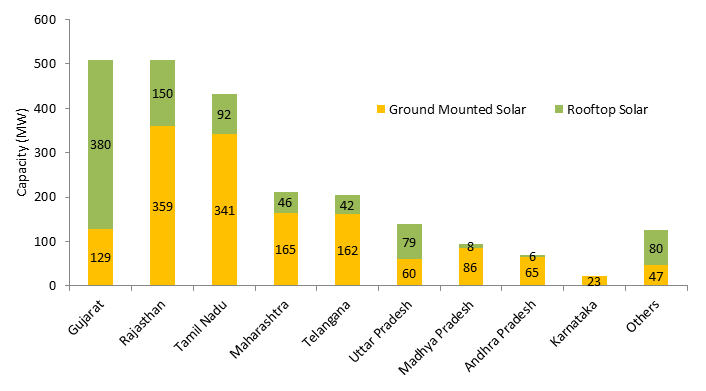
Despite the challenges of COVID-19, Gujarat was able to add significant capacity in part because of the Surya Urja Rooftop Yojana – Gujarat, a major government incentive program in the region that targets solar rooftops for eight lakh – or 0.8 million – residential consumers by March 2022. The scheme allows consumers to claim state subsidy of 40% for solar installations up to 3kW, and 20% for 3kW-10kW.
Additionally, a Ministry of Micro, Small and Medium Enterprises (MSME) policy brought in in September 2019 by the Gujarat state government allows the installation of solar projects with more than 100% of their sanctioned load or contract demand for MSMEs.
This helped drive rooftop solar additions, as the popular policy allows MSMEs to sell excess solar to the State government for Rs.1.75/kWh, and buy solar power from third parties.
The shortcomings in solar installations across India follows just 205MW of solar capacity additions in the second quarter of 2020, down 86% year-on-year. Large-scale installations were the worst effected, with installations down 90% according to research and consulting firm Mercom India Research.
A strong rebound of utility-scale solar installations in the subcontinent is not expected until 2021, with capacity additions expected to stay low throughout the second half of this year at just 2.5GW, research from JMK Research & Analytics has found.



